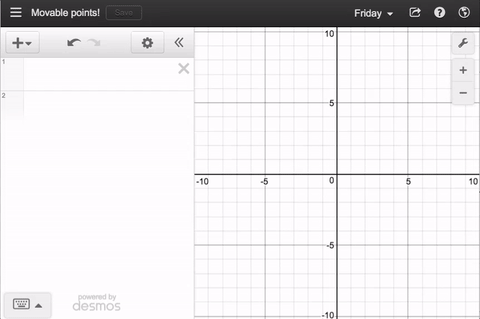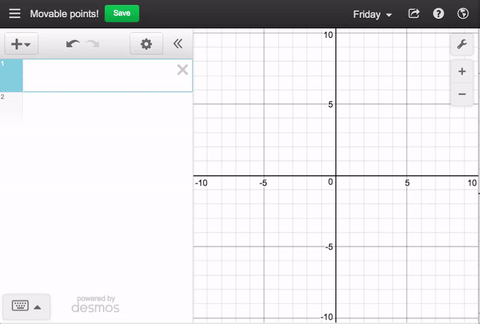Desmos is excited to see loads of you at the National Council of Teachers of
Mathematics Annual Conference in Washington DC this month.
Here’s where you’ll find us. First, two special events outside of the normal
conference hours.
Desmos Preconference
Wednesday, April 25th • 9AM-12PM • 1PM-4PM
Are
you in town early? Skip the sightseeing. Those monuments will be there next
time. We won’t!
Join us at our preconference
in the morning (9-12) or afternoon (1-4).
Josephine Butler Parks Center
2437 15th Street Northwest
Washington,
DC 20009
Math Trivia and Happy Hour
Thursday, April 26th • 6:30pm-9:30pm
Come
by for the company. Stay around for the drinks & trivia with your host Dan Meyer.
Clyde’s - Piedmont Room
707 7th Street, NW
Washington, DC 20001
Next here are some conference sessions from Desmos faculty and fellows.
Technology That Thinks WITH Students, Not FOR Students
Eli
Luberoff
Thursday, April 26, 2018 • 11:00 AM-12:00 PM
Walter E.
Washington Convention Center, Salon C
Being Right and Wrong in Different, Interesting Ways
Nolan
Doyle
Thursday, April 26, 2018 • 1:30 PM-2:30 PM
Walter E.
Washington Convention Center, room 154 AB
Full Stack Lessons
Dan Meyer
Friday, April 27, 2018 • 8:00
A.M.–9:00 A.M.
Walter E. Washington Convention Center, Ballroom A
Applying the Five Practices to Visual Patterns
Michael Fenton
Friday,
April 27, 2018 • 9:45 AM-11:00AM
Walter E. Washington Convention Center,
room 207 B
Transform a Worksheet to Build Equity and Engagement in the Classroom with
Desmos Activity Builder
Jade White, Linda Saeta
Friday, April 27, 2018 • 9:45 AM-11:00 AM
Walter
E. Washington Convention Center, room 152 B
From Counting to Calculus: All Students Are Mathematicians
Christopher Danielson
Friday, April 27, 2018 • 4:30 PM-5:30 PM
Walter
E. Washington Convention Center, Ballroom A
Math Task Makeover with Desmos Activity Builder
Bob Lochel,
Michael Fenton
Friday, April 27, 2018 • 4:30 PM-5:30 PM
Walter E.
Washington Convention Center, room 146 A


